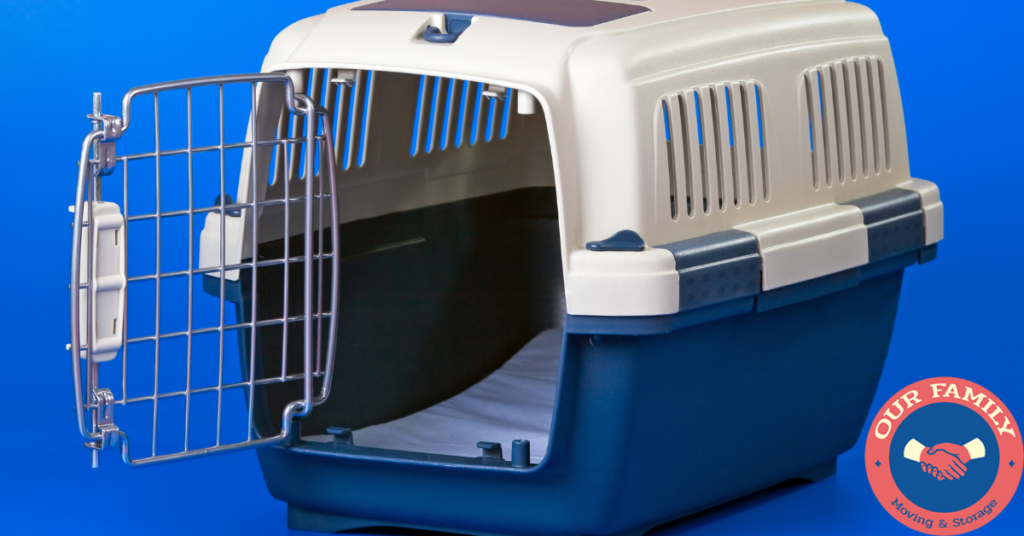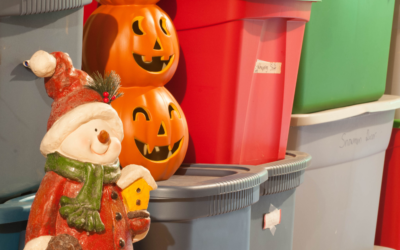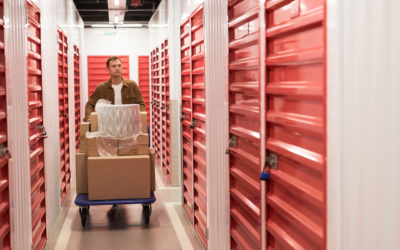A Guide For Pet Owners: Tips For Moving With Pets

Moving with pets adds an extra layer of complexity to an already demanding process. Making it easier for your furry, feathered, or scaly companions requires careful planning, patience, and expert knowledge. Whether you’re moving across town or planning a long-distance move, knowing how to handle pet transportation, reduce stress, and prepare your new home can make all the difference.
At Our Family Moving & Storage, we understand how challenging it can be to move pets while balancing all the other responsibilities that come with the moving process. As the trusted movers you can rely on, we help families and their pets settle into their new surroundings safely and efficiently. This guide on how to move with pets will provide essential tips for moving with pets, common mistakes to avoid, and how professional movers like us can simplify your transition.
Common Mistakes When Moving With Pets and How to Avoid Them
Preparation is key when relocating with pets. One common mistake pet owners make is forgetting to update pet identification tags and microchip information. If your pet could get lost during the move, having up-to-date details increases the chances of a safe return.
Another frequent mistake when moving with a pet is not establishing a quiet, secure space for your pet amidst the moving activity. Pets thrive in familiar environments, and sudden changes can be unsettling. The ASPCA advises, “Prepare your pets by gradually acclimating them to their crates.”
Additionally, moving boxes and sudden alterations to daily routines can create stress. Leading up to moving day, maintaining regular feeding schedules and keeping familiar items like beds and toys accessible until the last moment can help reduce anxiety. With our movers in South Florida, we can do the heavy lifting to give you more time to spend with your pet and get them acclimated to the routine.
Preparing Your Pet for the Move
Veterinarians recommend preparing your pets well in advance to help keep your pet calm during travel. If you’re planning a long-distance move, it’s best to move your pet gradually by introducing travel carriers and short car rides before the big move.
Timeline to Reduce Stress on Moving Day:
- 3-4 weeks before your move: Get your pet used to moving boxes and maintain their routine.
- 2 weeks before your move: Start crate training and make sure your pet’s travel setup is secure.
- 1 week before moving: Pack a pet travel essentials kit with food, water, medications, and favorite toys.
- When moving day arrives: Keep your pet secured in a quiet, safe space away from the commotion.
The AVMA emphasizes, “Properly restrain your pet with an appropriately-fitted harness or in a carrier of the appropriate size.”
Essential Moving Day Tips for Pet Owners
Our South Florida movers can tell you that minimizing stress on moving day is important. Pets cannot process the chaos of relocation the way humans do, so taking extra precautions ensures their comfort.
Tips to Make Moving Day Easier for Pets:
- Use a ventilated carrier for small pets and secure harnesses for dogs.
- Keep pets safely away from open doors, movers, and hazards for your pet like packing materials.
- Introduce your pet to their travel setup in advance to get used to their new environment.
- If you’re wondering how to move long distances with pets, plan frequent stops, keep them hydrated, and create a calm space in the vehicle to reduce stress.
- Never leave pets unattended in a moving truck, temperatures can rise dangerously fast.
The ASPCA warns, “Never leave your animal alone in a parked vehicle. Even with the windows open, a parked automobile can become a furnace in no time, and heatstroke can develop.”
Helping Your Pet Adjust to a New Home
Arriving at your new place can be overwhelming for pets. The first 24 hours in your new space are important so allow your pet to adjust gradually. One of the first moving tips you should adhere to is setting up a space for your pet with their favorite bedding and toys can help them feel at home sooner.
- Dogs and cats: Make sure your pet has a designated safe space in their new home to reduce stress.
- Small pets & fish: Moving with fish requires temperature-controlled transport, while small mammals need secure carriers with plenty of ventilation.
- Reptiles & birds: Pets cannot regulate their temperatures well, so their enclosures in the new house must be kept stable during the move.
The AVMA recommends, “Keep a routine as consistent as possible, including feeding and exercise schedules, to help your pet adjust to a new environment.”
Special Considerations for Different Types of Pets
Each type of pet reacts differently to moving into a new home:
- Birds: Transport birds in their own cages, secured in the vehicle. Covering the cage with a breathable cloth can help reduce stress by limiting visual stimuli.
- Small Mammals (Rabbits, Guinea Pigs, Hamsters, etc.): These pets are sensitive to temperature changes and stress. Transport them in their usual cages, ensuring they are secure in your vehicle.
- Reptiles: Maintain appropriate temperatures during transport by using insulated carriers or heat packs.
Your Pet-Friendly Move Starts Here
With proper planning and the right movers by your side, moving with pets doesn’t have to be stressful. Our goal, as the moving services South Florida can rely on, is to handle every aspect of your move so you can focus on keeping your pets safe, comfortable, and ready for their new home.
Contact us today to book your pet-friendly move. If you’re looking for more expert tips for moving, insights about Florida, or guidance on moving into a new home, be sure to check out our blog.
Give your pet less stress when moving to South Florida. No matter the distance, we’re here to make the transition easier for both of you! We look forward to helping you!
Sources:
- ASPCA: Moving Your Pet
- ASPCA: Travel Safety Tips – https://www.aspca.org/pet-care/general-pet-care/travel-safety-tips
- AVMA: Pet Travel Safety – https://www.avma.org/resources-tools/pet-owners/petcare/11-things-you-can-do-make-travel-safer-you-and-your-pet
Related Readings:






